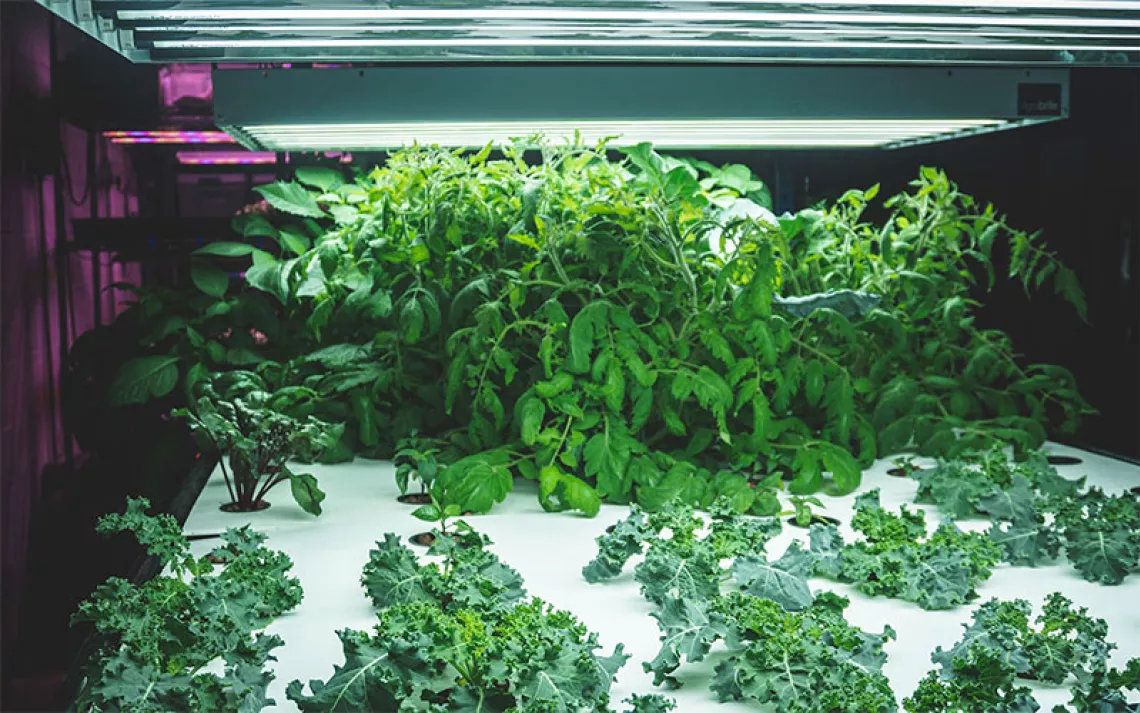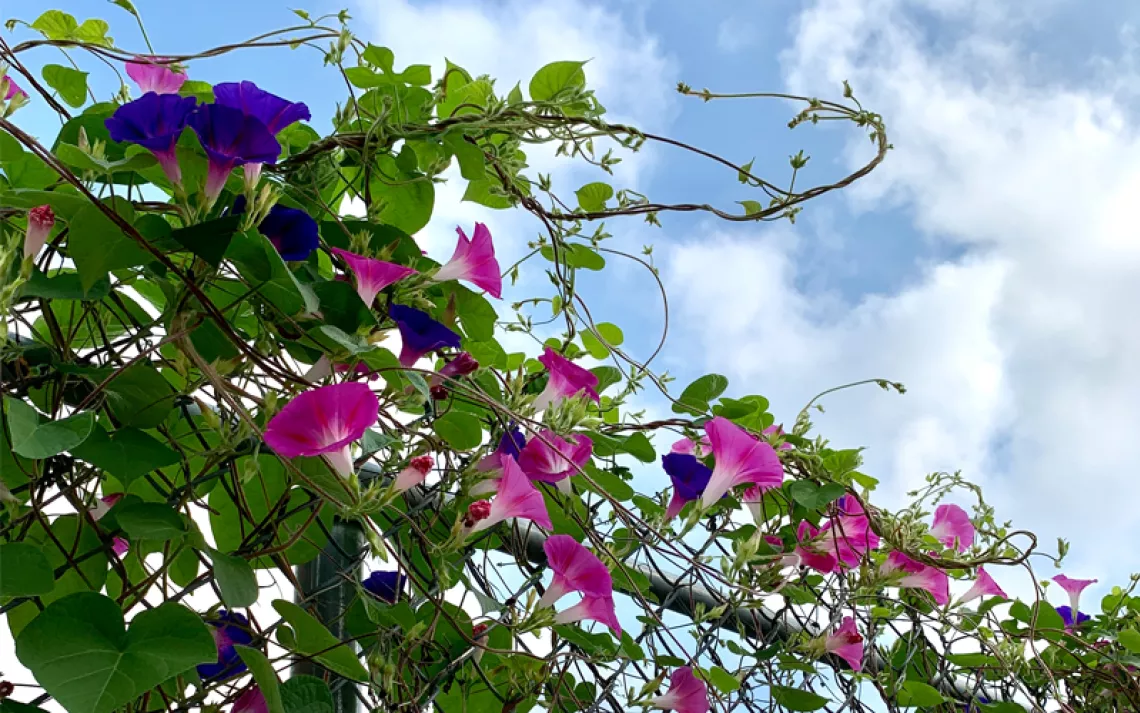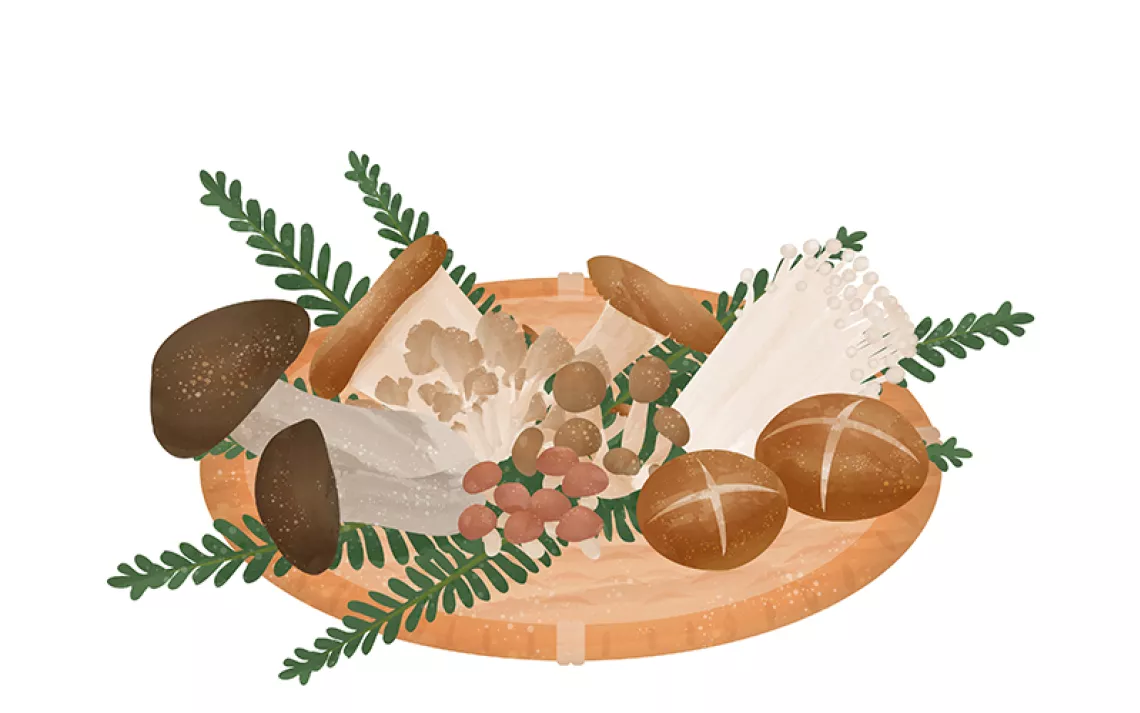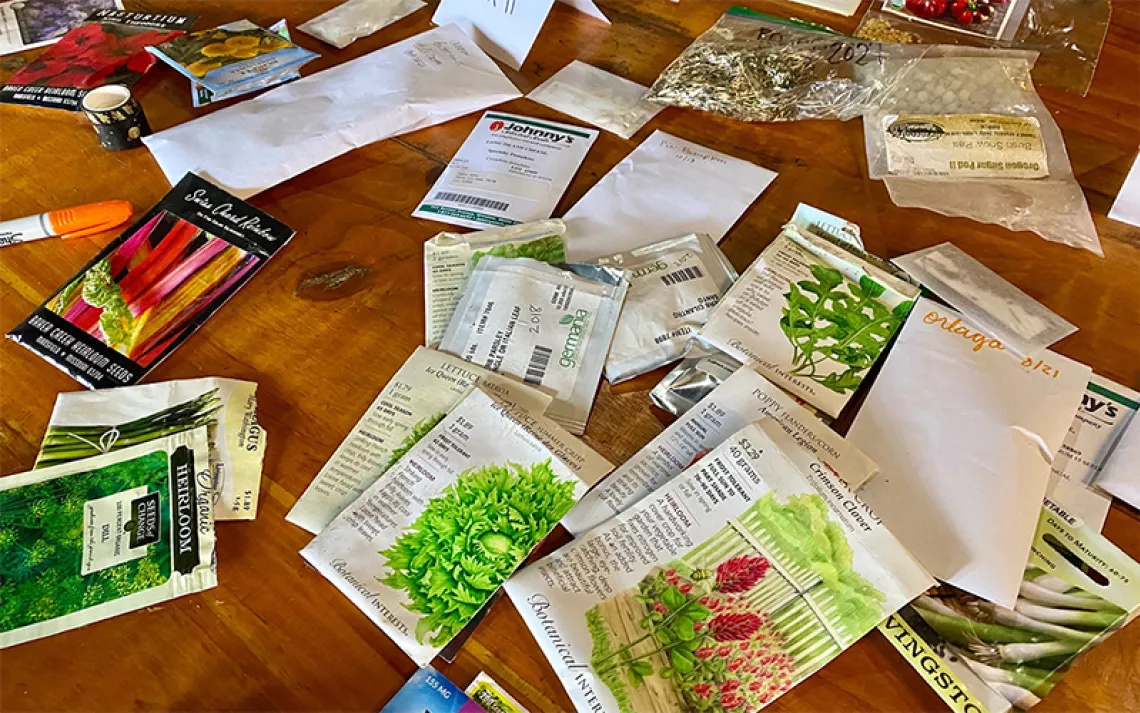5 Simple Steps to Birdscape Your Yard
It’s climate-resilient and water-wise—and it makes for less work

Photos by Jacqueline Kehoe
Imagine 3 billion more birds flitting and flying around North American skies than there are today. The visual wouldn’t be fiction—it’d be 1970. As cities have expanded and native habitats have shrunk and degraded, bird populations have tumbled in tandem. But gardeners and homeowners have the chance to shift the stats: Instead of DIY-ing that new patio, why not DIY a new wildlife reserve?
That’s the idea behind birdscaping, or landscaping your yard to benefit birds—which, in turn, benefits bats, bees, butterflies, and all your region’s flora and fauna. As noted conservationist Doug Tallamy has pointed out, “If half of American lawns were replaced with native plants, we would create the equivalent of a 20-million-acre national park—nine times bigger than Yellowstone.” One yard at a time, we can transform our country’s fabric back into a healthier, more sustainable, more wildlife-friendly world. Here’s how to get started on yours.
1. Go native.
This is fundamental. Non-native species offer little to no sustenance for birds and, in worst-case scenarios, can be highly invasive, disrupting your region’s “biota”—the flow of Mother Nature, essentially. While you don’t have to uproot that Japanese barberry you love, your yard should be as native as possible.
“Native plants have coevolved with birds,” explains Mariette Nowak, author of Birdscaping in the Midwest: A Guide to Gardening With Native Plants to Attract Birds. “They offer the right food at the right time.” To maximize impact, choose plants that offer a variety of foods, from berries and seeds to nuts and nectar (and insects!). Nowak also emphasizes choosing straight natives, not cultivars or “nativars,” which have been cultivated and bred by humans, not nature.
And, really, it’s all about nature. Birdscaping—and going native—is sustainable, climate-resilient, and water-wise to boot. “Native plants help to filter water, clean the air, build soil, and sequester carbon, especially in their roots,” Nowak explains. It’s the opposite of what our lawns are doing for the planet: Americans use 9 billion gallons of water a day on landscape irrigation, and lawn-mowing accounts for 5 percent of urban air pollution, according to the EPA.
Native plants, on the other hand, require little care beyond the first season, giving you both the gift of natural beauty and the time to enjoy it.
Tip: The National Wildlife Federation is a great place to start collecting resources. They’ve got a handy native plant finder on their website; they also offer a wildlife habitat certification program—and displaying “Certified Wildlife Habitat” signage can help educate your neighbors on what you’re up to.
2. Mix in a little water and sand (just not together!).
You know this part: Birds require water for drinking—a heated birdbath is key for cold climates—and bathing. But dirty water is no good; if you’re going to commit to a birdbath, be sure you can clean it at least twice a week. A water feature, should you be in the position to build that koi pond or waterfall, can be another delight for both you and your new favorite yard guests.
Some species, from sparrows to kestrels, bathe in sand or gravel, taking dust baths—sort of like bison and elephants. “Grit” is also useful for eating, as birds lack teeth and actually ingest things like sand to aid in digestion. A patch of dry, sandy soil can double as gravel or sand too.

3. Be conscious of cover.
Sometimes we all need somewhere to hide. Evergreens—native to your region, of course—are great cover for certain species and offer protected sites for nesting; brush piles come in handy too. Leaf litter is great for foraging and nest material, and snags (dead trees) are useful for perching, hunting for insects, and building cavities. Some birds are even dependent on snags for nesting and eating.
Even if you can’t plant some year-round greenery, you can work this birdscaping element into your yearly yardwork schedule. When autumn comes, those fallen leaves can simply be raked into a pile and kept, as can any brush you gather. For the most part, you can leave your natives unpruned and wild, unless you prefer a certain look. It’s a busy gardener’s best friend—and it’s also very forgiving, Nowak points out, “even if some plants don’t do well, others will thrive.”
4. Think year-round.
“Choose a variety of plants that will offer something for all seasons,” says Nowak, “and, if possible, all types of food.” Establishing a seasonal sequence in your yard isn’t only nice for the birds—it means your yard’s blooming season will be that much longer and that much better-looking across those calendar pages.
And, yes, this can absolutely mean feeders, especially come winter. Go for higher-protein fare when colder temperatures hit, like suet, peanuts, or a high-quality seed mix. Try to keep at least one feeder stocked (and clean) at all times so your backyard visitors have a dependable food source.
5. Do what you can with the space you have.
There is no yard so small it can’t make an impact. “Even apartment dwellers and renters can grow native plants in large container pots on a patio or porch,” says Nowak. For small yards, she suggests low-growing natives, like short grasses, early woodland plants, or ground covers, like wild ginger or wild strawberries.
Shrubs or small trees, like dogwoods, can be substituted for the traditional favorites, but if you can, plant oaks. “Oaks are the premier trees for wildlife,” Nowak points out, “and one of the smaller oaks, like the chinkapin oak, might work in some [smaller] yards.” But if all you can do is plant native grasses around your mailbox or grow wildflowers on your patio, that counts too. From there, all you have to do is spread the word.
 The Magazine of The Sierra Club
The Magazine of The Sierra Club



